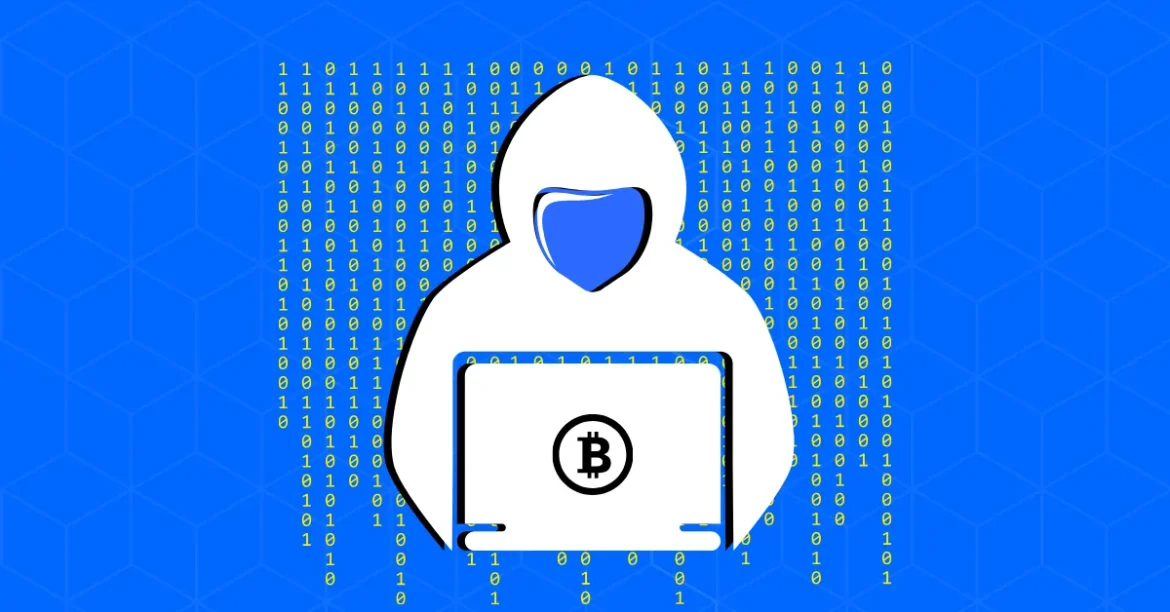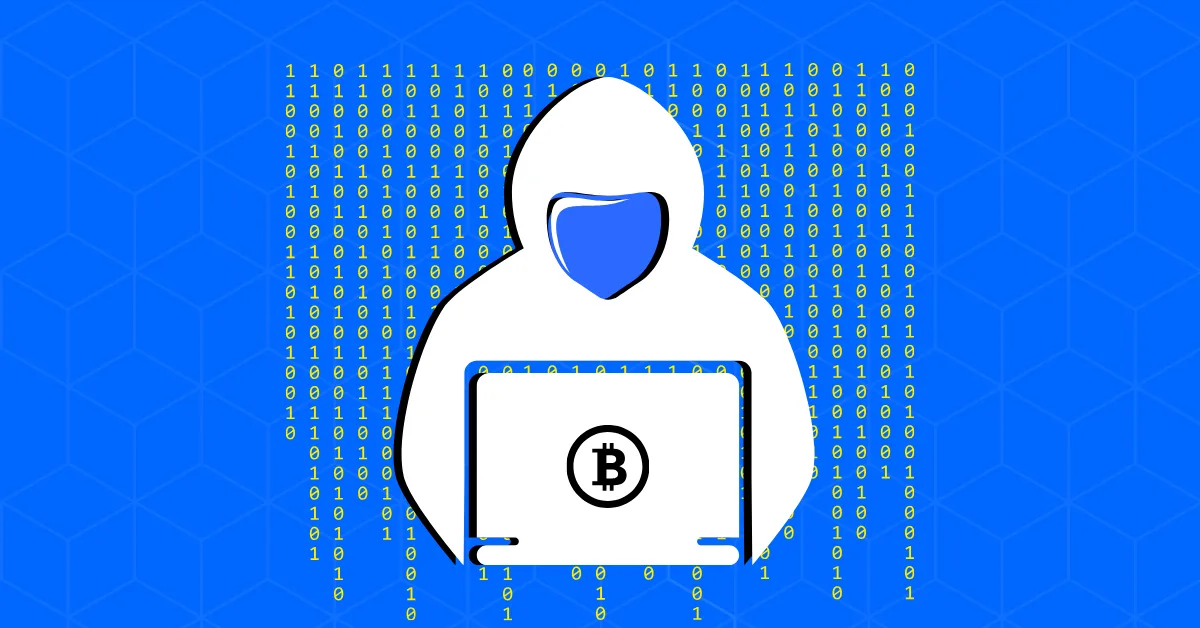The enigmatic figure of Satoshi Nakamoto, the pseudonymous creator of Bitcoin, has long been a subject of fascination and speculation. Among the myriad theories surrounding his identity, one of the most intriguing—and controversial—is the idea that Satoshi was not a human but an artificial intelligence (AI) from the future. This theory has gained traction in recent years, particularly among cryptocurrency enthusiasts and tech visionaries. Further fueling this speculation is the emergence of the Pi Network, a cryptocurrency project that integrates AI elements into its blockchain infrastructure. Evaluating these claims requires a careful examination of the evidence, technical feasibility, and the broader context of blockchain innovation.
Origins of the Satoshi-as-AI Theory
The speculation that Satoshi Nakamoto might be an advanced AI originates from the creator’s remarkable, almost prescient, understanding of diverse fields such as cryptography, economics, and computer science. The depth and breadth of knowledge displayed in the Bitcoin whitepaper and early communications have led some to question whether a single human—or even a small team—could possess such comprehensive expertise. This enigmatic brilliance has sparked not just admiration but also imaginative theories about the possibility of AI or time-traveling entities behind Bitcoin.
One of the most notable proponents of this theory is Changpeng Zhao (known as CZ), the founder of Binance. In a series of public statements, CZ has entertained the idea that Satoshi could have been an AI from the future. He has suggested that the integration of AI in projects like the Pi Network could be a sign of where the cryptocurrency industry is headed. However, these statements are largely speculative and are framed more as thought-provoking hypotheses rather than verifiable facts.
Fact-Checking the AI Narrative
Despite the viral nature of these claims, there is no credible evidence to support the notion that Satoshi Nakamoto was an AI system. Extensive investigations by blockchain researchers and review platforms like Coinpedia have consistently found no concrete proof to substantiate this theory. The technical and social nuances displayed by Satoshi’s early interactions—such as nuanced forum dialogues and mailing list posts—indicate a sophisticated human intelligence and familiarity with real-world economic and social dynamics.
Moreover, the AI capabilities as understood today, and even projected into the near future, do not conclusively match the breadth and contextual subtlety exhibited by Satoshi. While integrated AI with deep interdisciplinary knowledge is plausible in theory, there hasn’t been documented access or deployment of such technology relating to Bitcoin’s creator. The idea of an AI from the future creating Bitcoin is more aligned with science fiction than with the current state of technological development.
How Does Pi Network Fit into the Conversation?
The Pi Network is a relatively new blockchain project that aims to democratize cryptocurrency mining by enabling users to mine tokens via mobile devices. It has incorporated AI-driven features for verification, identity management, and future implementation of decentralized AI governance. This technical vision aligns with the belief that AI and blockchain will increasingly converge, potentially leading to more efficient and secure decentralized systems.
Some enthusiasts interpret Pi Network’s AI ambitions as validation of Satoshi’s futuristic AI origin, believing that Pi represents a next evolutionary step in the tech lineage begun by Bitcoin. While Pi Network embodies forward-thinking innovation by merging blockchain and AI, it is a significant leap to claim that it proves or reflects the identity or nature of Bitcoin’s mysterious creator.
Furthermore, skepticism about Pi Network also exists. Some voices on forums like Reddit have warned of unrealistic promises or scam-like traits, emphasizing the need for caution when navigating new cryptocurrency ventures. The integration of AI in blockchain projects like Pi Network is undoubtedly innovative, but it does not provide definitive evidence about Satoshi’s identity or the origins of Bitcoin.
Understanding Satoshi’s Identity: Beyond AI and Speculation
Satoshi Nakamoto has inspired countless theories beyond the AI speculation, ranging from specific individuals like Nick Szabo and Hal Finney to small collectives or government entities. Each theory struggles with a key challenge: definitive proof. Proof would require cryptographic signature verification of the private keys controlling early Bitcoin blocks or distinct cryptographic identity proofs. None of the claimants or AI theories meet these strict standards, leaving Satoshi’s identity as a philosophical figurehead symbolizing the ideals of decentralization and cryptographic empowerment.
The enduring mystery of Satoshi’s identity has led to a proliferation of theories, each attempting to explain the enigmatic creator’s genius. However, the lack of concrete evidence has only deepened the intrigue, making Satoshi a symbol of the cryptocurrency movement’s ethos of anonymity and decentralization.
What Drives These Theories?
The Intersection of AI and Blockchain
The future envisioned by networks like Pi incorporates decentralized AI agents for identity verification, fairness, and secure data handling on blockchain. This scientific trajectory is notable and promising, with the potential to reshape decentralized finance and digital trust frameworks. However, AI today functions as a tool or enabler in blockchain—not an independent actor creating revolutionary systems. Satoshi’s level of creativity and philosophical design is a human achievement with collaborative input and incremental innovation.
The integration of AI in blockchain projects represents a genuine evolution of the ecosystem, showing how artificial intelligence and decentralized technologies can interlock to create new possibilities. While the idea of an AI from the future creating Bitcoin is intriguing, the current state of AI technology does not support this theory. Instead, the focus should be on the tangible achievements and real-world challenges of the blockchain space.
Conclusion
The claim that Satoshi Nakamoto was an AI from the future is a fascinating modern myth rather than a fact grounded in evidence. While the idea captures imaginations and highlights the futuristic allure of cryptocurrencies, it distracts from the tangible achievements and real-world challenges of the blockchain space. Pi Network’s AI integrations represent the genuine evolution of the ecosystem, showing how artificial intelligence and decentralized technologies can interlock to create new possibilities. The future of crypto may indeed become AI-enhanced and more accessible, but Satoshi’s true identity—whether human or otherwise—remains a captivating enigma.
Rather than seeking definitive answers in sensational speculation, the community benefits most by focusing on innovation, transparency, and collaboration. The legacy of Satoshi Nakamoto lives in inspiring decentralized technology and sparking a global dialogue about money, trust, and the future of our digital society. The narrative of Satoshi as future AI remains a compelling story—but one best approached as science fiction until facts emerge otherwise. Meanwhile, the cryptoverse continues to shape the present and future on its own terms.





